It was recently revealed that more than 43 percent of cyberattacks are targeted at small businesses – up from just 18 percent in 2011. This is likely to be because compared to their larger counterparts, startups and small companies lack the internal expertise and budgets to invest heavily in expensive cyber defenses. But cybersecurity has gone from being a luxury to something that no organization can afford to do without. Figures released by the Ponemon Institute revealed that the average cost of a data breach in the U.S. is more than $7 million. And the EU is bringing in new legislation that states that any company that that holds the data of EU citizens must commit to far more stringent data protection regulations or face fines of up to €4 million.
Clearly, then, from a financial perspective alone it has never been more important for businesses to invest in cybersecurity and defences for their digital systems. Here we take a look at some of the ways that small businesses can keep their crucial company data safe from cybercriminals and hackers.
Educate Your Staff and Colleagues
It is important to understand that the most crucial line of defence against hackers is not a firewall or an external cybersecurity team but your own staff. Unfortunately, it is the case that some of the most effective forms of cybercrime are facilitated by accidental or careless actions by employees. For example, one of the most common hacking techniques is a phishing email which purports to be a genuine email to get an employee to reveal login credentials for your computer system.
This means it is vital for you to provide training to staff and colleagues on common hacking and cybercrime techniques and how they can avoid being caught out.
Encrypt
Stolen customer data can be a nightmare for a business, not to mention for the individuals whose data has been taken. And while it may not always be possible to stop sophisticated hackers from getting into your system, it is possible to stop them from getting access to key data by encrypting it properly. Encryption is useful for everything from protecting information that has been stored on the cloud to keeping internal emails private and confidential.
Don’t Forget HR Data
Many companies put a great deal of work into protecting sensitive customer information with a secure computer network and a custom-made database but then forget that they also store a great deal of internal and HR-related data. Keeping your staff data in a system that is not secure makes it an easy target for hackers.
To ensure that you are completely protected, it is very important to use high quality, security-conscious HR databases and staff rota software.
Upgrade to Secure Sockets Layer (SSL)
If you have not yet made the decision to upgrade your website to SSL, it is really worth doing. SSL is a process that ensures that a channel between websites and computers are always secure. You may have noticed more websites with the HTTPS in the URL bar rather than the traditional HTTP – these are the sites that have upgraded to SSL. Now is the time you do so, too. It will ensure that anyone visiting your site is more secure. Some businesses assume that HTTPS is only necessary when someone is purchasing something, but it is now considered to be a best practice.
Stay Up to Date
It’s still true that it’s far more likely for hackers to compromise a system if it is not regularly updated. Failing to update your software can leave the whole of your business highly vulnerable, so ensure that your website and any computer systems that you use in the course of your work are kept entirely up to date.
Work With Specialists
Finally, it is worth pointing out that companies often suffer at the hands of cybercriminals simply because they lack the expertise to set up useful safeguards. For smaller companies who may not have the luxury of a large IT department, it is helpful to work with external cybersecurity professionals to benefit from their experience and knowledge.

 You might not know that you can do something similar with your computer’s internet browser, too. By downloading “add-ons” or “extensions” from within the browser’s settings, you can customize your browsing experience. Much like many apps, outside companies develop the extensions for us to use, and unfortunately (much like apps), some of those extensions can contain flawed, harmful, or even malicious code.
You might not know that you can do something similar with your computer’s internet browser, too. By downloading “add-ons” or “extensions” from within the browser’s settings, you can customize your browsing experience. Much like many apps, outside companies develop the extensions for us to use, and unfortunately (much like apps), some of those extensions can contain flawed, harmful, or even malicious code.